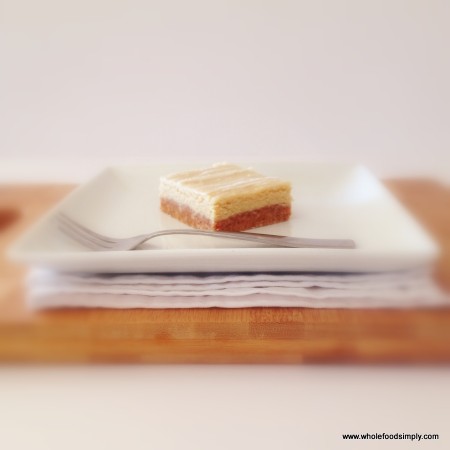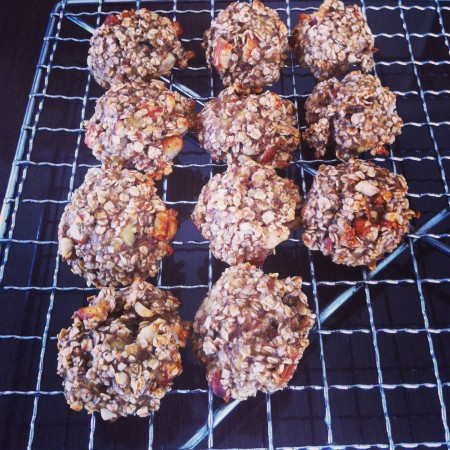I loathe Christmas. The crass commerciality. The Northern Hemipsphere-themed decorations in, what, October? Managing expectations. Too many end-of-year events. The self-imposed pressure to do everything right. Resenting expectations. Being exhausted/wanting to hide in a cave somewhere. Present frenzy. Tired, over-it kids.
“Why are we doing all this?”
Why indeed.
December 1 saw me attempt to decorate The Tree with the kids. We got the string of golden stars draped around our rather modest potted Norfolk pine and then . . . meltdown. Small people fighting over decorations, a teenager entirely uninterested in anything except a book. How hard could it be to do something nice together, I thought? So, I packed away the Christmas decorations, after a little rant about not sharing and do-as-you-please attitudes, and informed the brood that we would be adding one decoration per day and as they were added they were to think about The Meaning of Christmas. Oh dear.
However, our eldest, who is fourteen (not the one with the book), came up with a lovely idea. She traced out a Christmas tree with string on a corkboard, trimmed it with some co-ordinating decorations in our higgeldy-piggeldy collection and found online some printable tags for us to write down one thing each day for which we were grateful and pin to the tree, with almost a month’s worth of gratitude waiting for us after Christmas. We did this most days, at dinnertime, and although we have yet to read all our tags, just the doing was enough to get us all thinking less about what we wanted or were unhappy about, and more about the good things what we already had.
Let’s try that again . . .
I love Christmas. I’m a December baby, so this month has always been exciting to me. I’m a bit like Wombat in Mem Fox’s Wombat Divine . . .
Wombat loved Christmas. He loved the carols and the candles, the presents and the pudding.
I love going Christmas light spotting with the kids, pulling out the decorations from under the house and stringing them about the place in mismatched glory, reading Christmas stories with the little ones, watching some favourite, ever-so-slightly-cheesy Christmas movies with the kids . . . Miracle on 34th Street, Polar Express and A Christmas Carol (the animated Jim Carrey version – is Jim Carrey ever not animated?) . . . and choosing presents.
I worried about how much we spent on gifts for our children and our extended family as opposed to how much we gave to charity. Our six-year old chose a small gift to take to school for their charity Christmas drive, we made a modest cash donation and bought our Christmas cards from one of the charities we support, and our four children each chose a special gift for a child in migration detention in Australia, which they loved doing. We stick pretty well to a budget and don’t go for flashy presents, except for a bike or a special art class at odd times for which grandparents and uncles and aunties usually chip in too, but when I totted it all up the contrast was stark.
10:1, roughly (including the gifts on behalf of Santa Claus), in favour of our first-world white children and their cousins and a couple of thank-you gifts for our kind and supportive parents.
It was amazing to see it, and think about what we could have done with that money. Solar panels for a family in East Timor, sponsor a child’s quality education in Africa and leave change.
Why were giving gifts to each other on a budget instead of paying it forward extravagantly?
It didn’t seem to fit with the idea of healing love and a small baby who was supposed to be a world-changing gift, or the story of St Nick delivering presents and kindness to those who needed it most.
It’s a common theme, whether it is wrapped in sermons to “keep Christ in Christmas” or blog-posts on not buying-in (boom) to the materialist consumerist waste-fest, give time not presents etc.
Partly, I agree with the sentiments and partly they irk me. It seems a little humbug and a little mean. Austerity is the new black, it seems, but should it be the new red-and-green?
Over the last couple of days, I have reflected on what we did give our children this Christmas.
We gave them time and love, spending a happy, peaceful day together, just the six of us, instead of our usual distracted and busy lives.
We gave them thoughtful gifts, things they needed, things to share and play with together and special things, longed-for and to be enjoyed.
We also gave them the opportunity to experience the pleasure of giving. Even Mr Four. I had forgotten just how much little ones enjoy giving out the presents! Our eldest was busy making gifts for everyone – simple, but ever-so-thoughtful. Our second created a gift card for the family to share a treat together, to be paid for our of her own money. And this year, I asked each of the children had to make or buy a gift for one of their aunties and uncles or grandparents in my family and they did so well, choosing thoughtfully, spending time making and presenting it carefully.
It was such a delight to see the gifts for our children, our nieces and nephews and our parents, chosen with care and love, gratefully received, and with pleasure. Surely that’s worth something.
So perhaps, that 10:1 ratio is a more of an investment in our family – in showing of love, having fun and in teaching to our children, my Grandma’s (famous in our family) maxim:
give generously and receive graciously.
That’s not to let us off the hook about how we give generously to the poor in our town, or our global neighbours or poor overstretched Mother Earth.
But I realised that our kids are already learning the lessons about caring for others, that they’re not materialistic monsters, they love giving and they understand the value of a simple, thoughtful gift.
I will honour Christmas in my heart, and try to keep it all the year.
Charles Dickens, A Christmas Carol
The monthly donations, the everyday ethical choices, the commitment to tread lightly and advocacy and action for a more just world are Christmas everyday in small ways. Let’s ditch the sackcloth-and-ashes austerity Christmas and give joyously, generously and without guilt.
Merry Christmas and a very Happy New Year!

